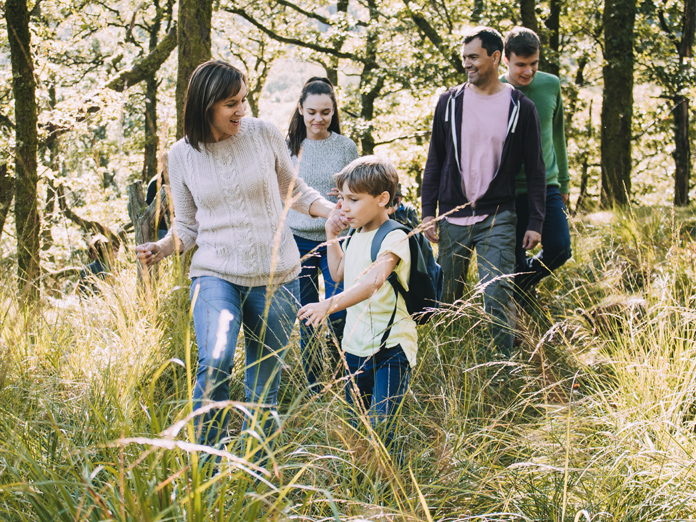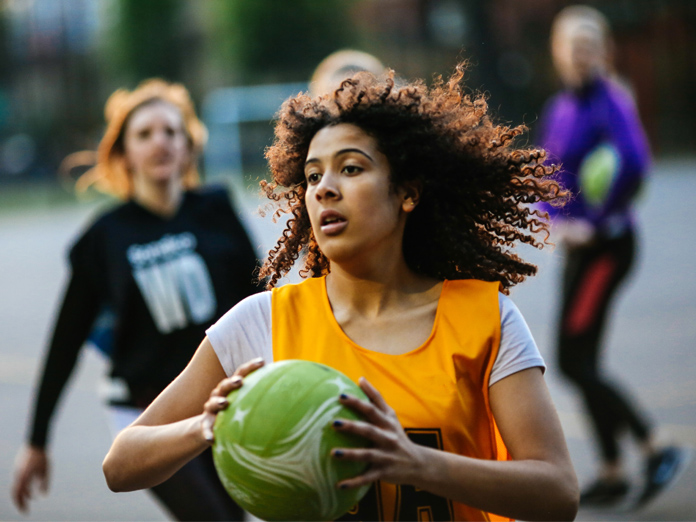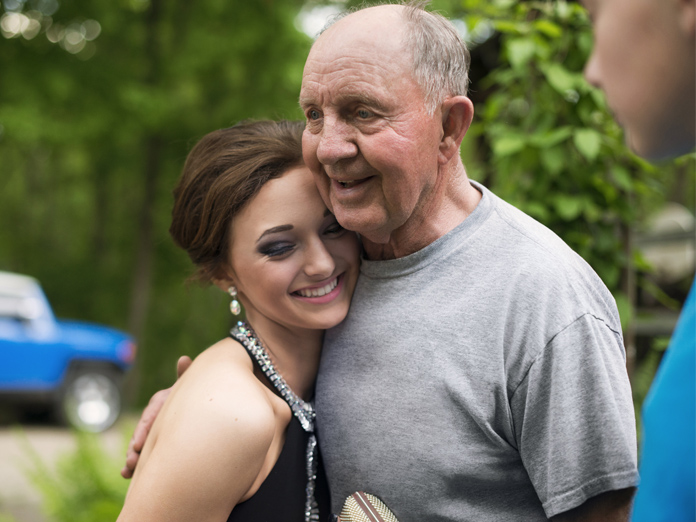Aetna Better Health® of Ohio does not provide the info on the next page. If you don’t want to leave our site, choose the “X” in the upper right corner to close this message. Or choose “Go on to next website” to move forward.
Questions about our system of care?
Just call us at 1-833-711-0773 (TTY: 711). We’re here for you Monday through Friday, 7 a.m. to 8 p.m., ET.
Just call us at 1-833-711-0773 (TTY: 711). We’re here for you Monday through Friday, 7 a.m. to 8 p.m., ET.
Our goal

Our goal
Our goal is to help you partner with both public and private groups, ensuring services and supports:
- Are effective.
- Build on your strengths and needs.
- Achieve your desired results.
It takes a team
It takes a team
We use an approach called “wraparound” to build your child and family team (CFT). You are at the center. The team wraps around you to provide:
- Services
- Supports
- Education
- Resources
Your team includes:
- You.
- Care coordinators and care management entities (CME).
- Formal and informal service providers.
- Community and peer support providers.
- Other important people in your life.
We connect you with service groups in many fields, like:
- Health care
- Juvenile justice
- Child protection and welfare
- Developmental disabilities
- Mental health
- Substance use disorders
- Education

Values

Values
The wraparound approach puts you at the center, with:
- Your views and ideas about what you need and what may help.
- Support from professionals and others in your community.
- Building on your strengths.
This approach offers a complete way to address serious mental health or behavioral needs.
1. Family voice and choice
We ask for and focus on input from you to build your child and family team. Planning starts with your views and ideas. We provide options that reflect your values and needs.
2. Team focus
Your team includes people you agreed on and that committed to you through:
- Informal relationships
- Formal relationships
- Community support
- Service relationships
3. Natural supports
Your team seeks help and input from your network of personal and community relationships.
The plan reflects actions and interventions that draw on sources of natural support.
4. Collaboration
Team members work together and share responsibility for:
- Making a plan.
- Putting the plan into action.
- Checking on the plan.
- Assessing how things are going.
- Getting your input.
Your plan reflects a blend of the team’s:
- Views
- Mandates
- Resources
Care coordination guides each member’s work towards meeting the team’s goals.
5. Community focus
The team carries out services and supports strategies that take place in settings that are the:
- Most inclusive.
- Most responsive.
- Most accessible.
- Least restrictive.
These settings also safely promote integration into home and community life.
6. Cultural competence
The process respects and builds on your:
- Values
- Preferences
- Beliefs
- Culture
- Identity
7. Custom focus
To achieve the goals in the plan, your team makes and carries out custom strategies, supports and services.
8. Strengths focus
The process and plan find, build on and improve the team’s:
- Abilities
- Knowledge
- Skills
- Assets
9. Unconditional
Your team won’t give up, blame or reject you. During challenges or setbacks, the team keeps working toward:
- Meeting your needs.
- Achieving the goals in the plan until they agree a formal process is no longer needed.
10. Results focus
The team:
- Ties your goals and the strategies of your plan to measures of success.
- Checks in on the progress of these measures.
- Revises the plan when needed.
Outcomes
OhioRISE aims to improve results for youth and families. The systems of care approach get positive outcomes like:
- Decreased behavioral and emotional symptoms.
- Decreased suicide rates, substance use, and juvenile justice involvement.
- Increased school attendance and grades.
- Increased stability of living situations.
- Improved family functioning and problem-solving skills.
- Support for handling challenging behaviors.
- Less use of inpatient and residential treatment, juvenile correction and other out-of-home placement.
